One of the problems you can encounter when traveling by car is a punctured tire. Using a patch is a fairly common option to work around this issue.
Yet, if the hole is in a position like a tire wall, the problem becomes much more complicated because it is likely that the defensive position will not be patched.
So, how close to the sidewall can a tire be patched? A distance of 6 mm or more from the tire shoulder is required to fit a patch. In other words, if a crack is closer than 6mm, there’s almost nothing you can do about it!
Tire Sidewall OverviewFirst, let’s learn about sidewalls and how to identify them on your tires.
The wall is the rubber part from the outer edge of the rim to the road surface. This part also has the largest area, is the most flexible, and continuously deforms under loads when moving.
How Close To Sidewall Can A Tire Be Patched?As you know, the car’s wall is in a particular location, so it is pretty challenging to troubleshoot the hole here.
Manufacturers also recommend that you not choose the patch option if the spot is on the side of the vehicle or too close to this position. Then, how close to the sidewall can a tire be patched.
You cannot use the patch if the hole is close to the wheel with a gap of less than 6mm. In addition, you should note that if the hole is more significant than ¼ inch, the patch should not be used. In this case, if the patch is small, it cannot cover the hole, causing the wheel to deflate still when moving.
On the contrary, using a large patch can make the wheel more bulky, difficult to move, and unsafe.
Fix Sidewall DamageOther Related QuestionsTo better understand the problems that occur with the tires and how to overcome them effectively, you can refer to the following information.
We’ve put together some frequently asked questions that may help answer your questions on this topic.
Plug a flat tire: Is it possible?People are often concerned about whether it is safe to plug or patch a flat tire.
These two options are pretty standard in repairing or overcoming the problem of flat tires caused by rolling nails or other sharp objects.
The manufacturer still recommends that you better replace the tire with a new one when there is a problem because repairing with a plug or patch when a flat one is not a safe solution.
Yet, the cost of new tires is not cheap, and if you have this problem often, it is a big problem. So, many drivers use a plug or patch when a wheel is punctured.
There is a limit to the number of nails or patches on a product. You can use this option to temporarily fix the problem if you find a few small holes. If the wheel has many large holes or previous patches, it is best to replace it with a new one.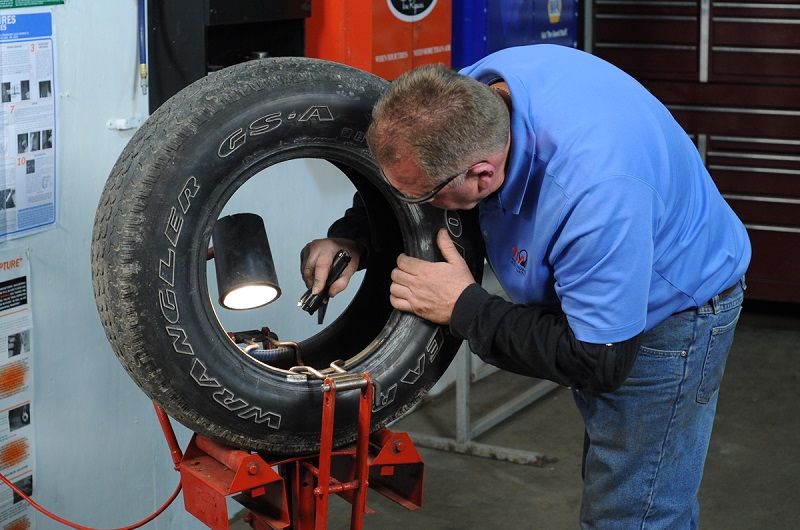
For a detailed guide, check out this video:
How close can a tire patch be to another patch?The gap between patches is also a topic that people are very interested in. When traveling on the road, you may encounter a flat one many times.
As you know, when the tires have had previous patches or punctures in close locations, it is better to replace them. In case
Can you patch a tire on the side of the road?In the case of a puncture on the tire side, the use of stickers is unlikely to have as much effect as you think.
The reason is that its wall adhesion is so thin that relatively few materials can adhere.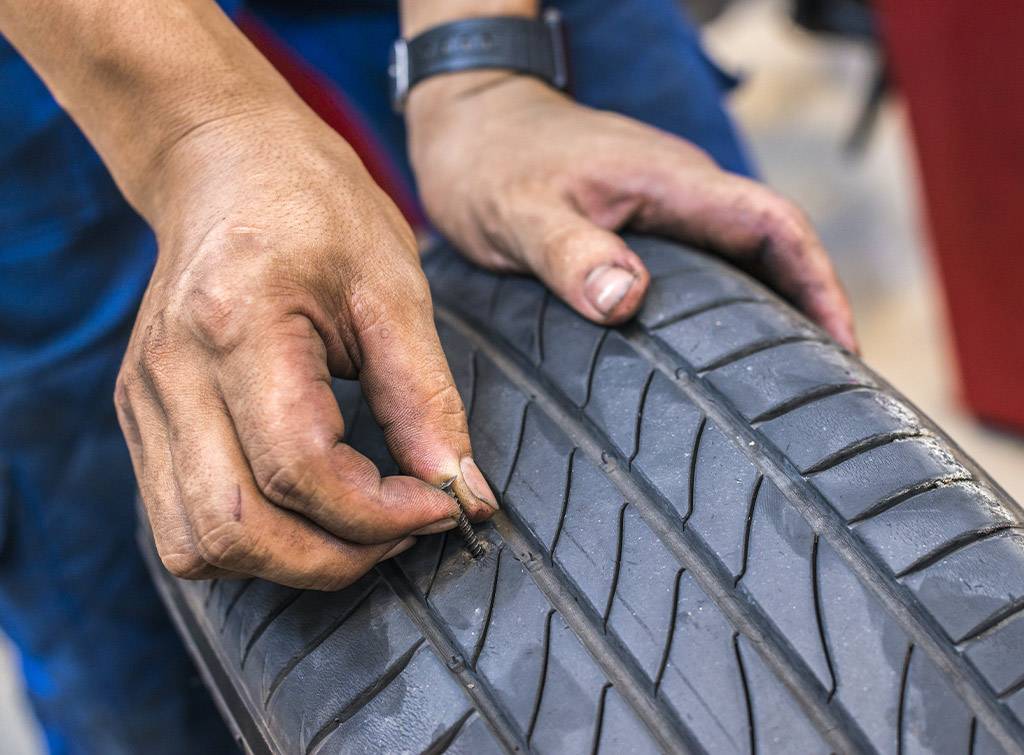 More specifically, damage to the sidewall will seriously damage the structure of a wheel.
More specifically, damage to the sidewall will seriously damage the structure of a wheel.
The solution to this problem is to insert an extra tube inside the wheel to ensure that you can still turn the whole thing.
How fast can you drive on a patched tire?A patched one will not achieve the same speed and performance as it once was. Therefore, the optimal level you can expect from such a version will not be more than 85 mph. Of course, this is just the limit that many manufacturers recommend, but you should not overdo this limit.
Can you patch a tire with 2 nails in it?The answer is yes! It’s just that the gap between the two punctures is at least 16 inches, and you might seal them with two large patches.
According to many manufacturers, the maximum number of times performed is two times. If more than that, it’s time to get a new one.
ConclusionAs such, a puncture in the side of the vehicle is a unique location where patching is not an optimal solution in this case.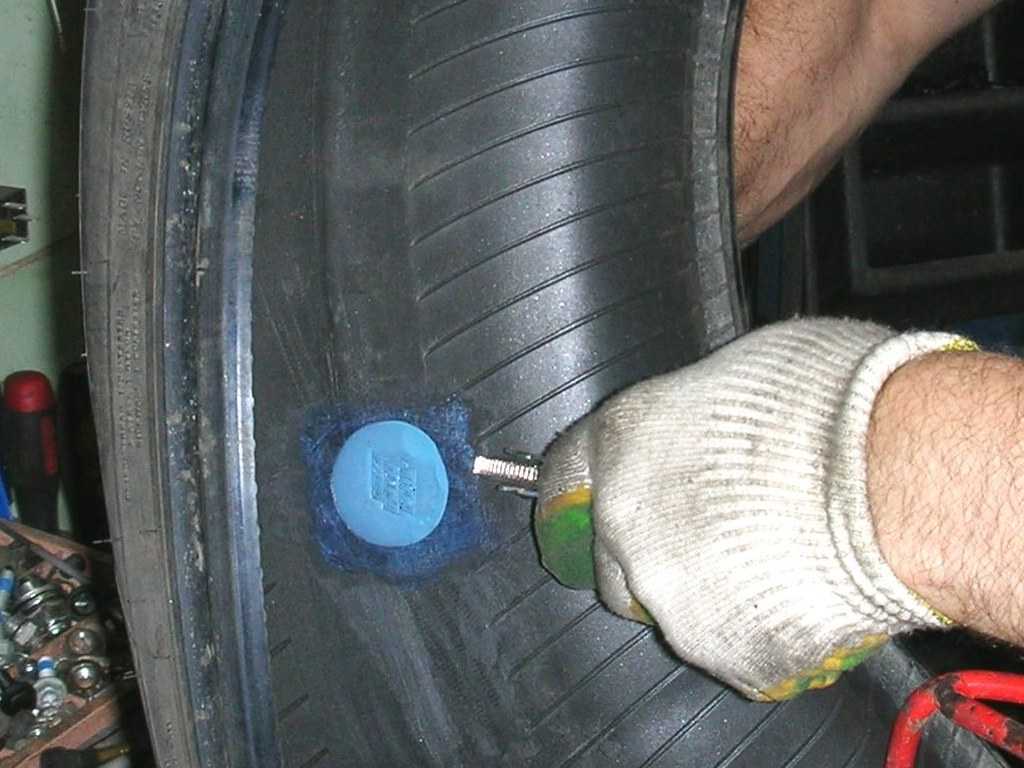 It would help if you changed to a new tire to ensure safety when traveling.
It would help if you changed to a new tire to ensure safety when traveling.
Thank you for following this post!
This post was last updated onBy John Goreham G+ Jun 29 2020 - 11:03am
Many vehicle owners feel frustrated when they have a nail in the tire and are told by a tire shop that the tire cannot be repaired. Here are a few common reasons why it can’t be fixed.
Advertisement
You just either rolled up to a tire shop on a flat, were towed in, or drove in with your spare on the car and the flat in the trunk. You have important things to do today, and since you can clearly see there is a nail in the tread, you expect to be told that the nail can be pulled out and the tire fixed quickly. However, after a quick glance, the tire shop says, “No can do, Bubba.” They are not just trying to sell you a new tire. There are real reasons why many flats cannot simply be patched.
There are real reasons why many flats cannot simply be patched.
Reason 1 Why Your Tire Cannot Be Repaired – You Drove On The Flat
Modern tires have an inner structure of the sidewall that is not designed to support your vehicle when uninflated. You can usually get away with a flat tire rolling without air for a short distance – think yards, not miles. However, if you just drove 10 minutes on the flat, you destroyed that important sidewall structure and the tire cannot be repaired.
Related Story: Tire Shortages and Delays: Not Just For Tesla Owners Anymore
Reason 2 Why Your Tire Cannot Be Repaired – Your Puncture Is In The No Repair Zone
Modern tires also need to be puncture-free along the sides and in from the sides about 20% on both sides of the tire. If your puncture is near the sidewall you are out of luck. Tire shops need to keep customers safe, and they follow the standard industry guidelines and will not repair a puncture too close to either sidewall.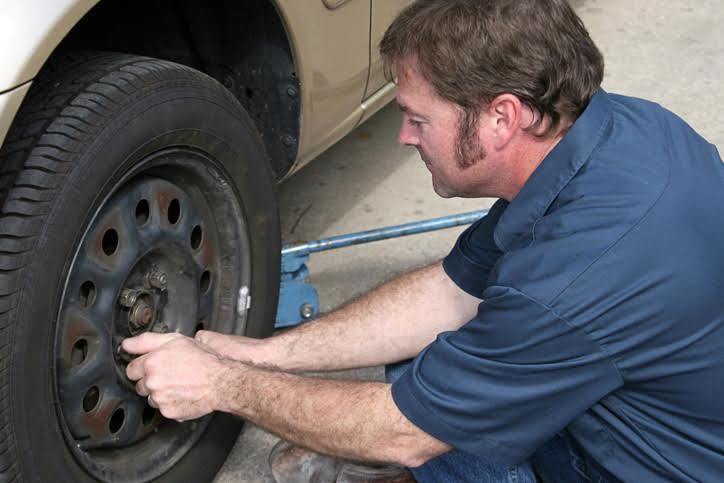 They should err on the side of caution to protect your safety and protect themselves from liabiility. Most do.
They should err on the side of caution to protect your safety and protect themselves from liabiility. Most do.
Reason 3 Why Your Tire Cannot Be Repaired – Your Tire Has Other Issues
If you have a bubble, a tear, or a big honking carbuncle on the side of your tire, it is unrepairable. Even if that is NOT why your tire went flat. If you have any area of the tire worn beyond the tread wear indicators, your tire is not repairable. If your tire is older than the internet, your tire is not repairable. If your tire is unevenly worn and any of the metal parts inside are visible your tire is not repairable. We can keep going. Basically, if your tire was not safe before the puncture, your tire shop would be crazy to try to repair the puncture. According to NHTSA, hundreds of people are killed each year due to tire failure. Your tire shop does not want you to be killed due to tire failure with the receipt for the repair sitting in the cupholder.
Reason 4 Your Tire Cannot Be Repaired - You Have Run Flat Tires
Many shops will not repair a run-flat tire that has had a puncture.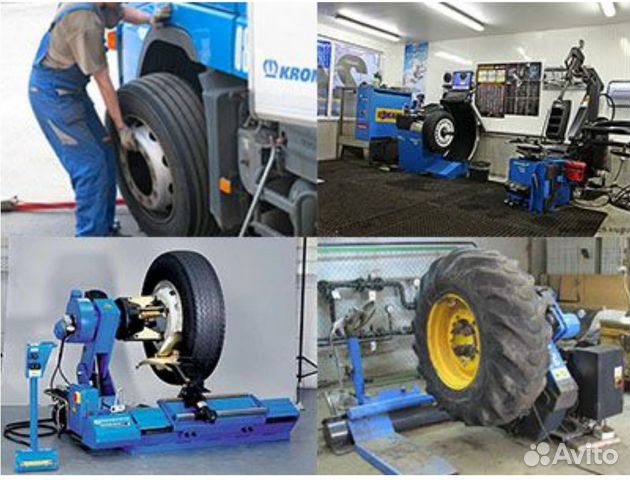 Although run-flats are designed to get you to a shop or home when you have a puncture, they may not have been designed to then be repaired and continue in service after having been driven when deflated. This is one reason we give run-flat tires like those on BMW vehicles a thumbs-down.
Although run-flats are designed to get you to a shop or home when you have a puncture, they may not have been designed to then be repaired and continue in service after having been driven when deflated. This is one reason we give run-flat tires like those on BMW vehicles a thumbs-down.
Reason 5 Your Tire Cannot Be Repaired - The Puncture Is Too Large
If the puncture in your tire isn't just a normal nail or screw, but rather a chunk of metal, your repair shop will tell you to buy a new tire. Sometimes the metal bruises or gouges the tire either inside or outside and the plug and patch method of repair is simply not safe to perform.
Reason 6 Why Your Tire Cannot be Repaired - It Was Struck By A Meteorite
We recently had a puncture that we surmised was a meteorite strike. Yes, it sounds crazy, but read our story and tell us if you have a better guess.
Take care of your tires and they will take care of you. If you have a tire-repair story to tell, feel free to offer it up in the comments below.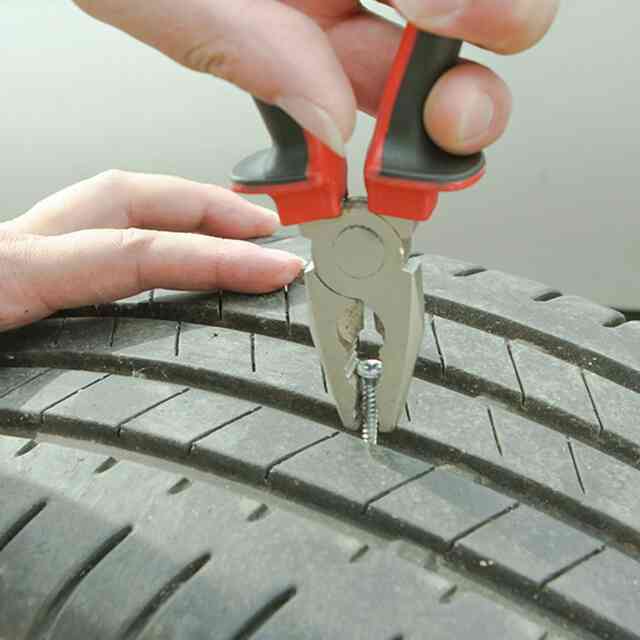
John Goreham is a life-long car nut and recovering engineer. John's focus areas are technology, safety, and green vehicles. In the 1990s, he was part of a team that built a solar-electric vehicle from scratch. His was the role of battery thermal control designer. For 20 years he applied his engineering and sales talents in the high tech world and published numerous articles in technical journals such as Chemical Processing Magazine. In 2008 he retired from that career to chase his dream of being an auto writer. In addition to Torque News, John's work has appeared in print in dozens of American newspapers and he provides reviews to many vehicle shopping sites. You can follow John on Twitter, and view his credentials at Linkedin
Images by John Goreham. Use with permission only.
Automotive News
News Opinion
Toyota News, Pricing and Reviews
Follow Torque News on YouTube, Twitter and Facebook.
Tesla Builds a Dedicated Maintenance Hub for Semi Trucks, as Part of a Bigger Center
Tesla Reveals an Unconventional Welcome Perspective on Competition
More Recent Videos
Our Safety Tire Technology helps prevent air from being blown out of a tire in the event of a puncture. The reinforced sidewalls of our safety tires allow the car to continue moving even after a puncture, without having to change the tire up to 80 km away.
Unlike conventional tires, which lead to a sudden loss of pressure in the event of a puncture, thanks to reinforced sidewalls, safety tires continue to support the car. This, in turn, prevents the tire from being pinched between the road and the rim, which could put the driver and passengers in danger as the tire could come loose from the rim flange. Another significant contribution of the tire technology to occupant safety is that it prevents the sudden detrimental effects of a flat tire on vehicle handling. The driver can still easily drive the car even if the wheel loses pressure. nine0007
In addition to safety, the safety tire technology keeps drivers calm throughout the journey. Changing a tire immediately after a puncture is no longer necessary, and passengers can enjoy the journey until they return home or find a better place to change and repair tires.
When installing flat tires, there is no need to store a spare wheel, which not only allows you to use more trunk space, but also reduces fuel consumption by reducing the weight carried. nine0007
nine0007
While the ECE R-30 Regulation states that a tire must be driven for at least 80 km with zero pressure in order to be eligible to be classified as “Safe”, the Petlas safety tires have significantly exceeded this limit by covering the distance 200 km without any problems with the integrity of the tire.
To maintain tire uniformity and a smoother and more balanced driving experience, Petlas uses the “Seamless “0” belt technology by applying a seamless belt through the helical winding process in PCR tires, SUV-4x4 and LTR. nine0007
Hybrid cords have been developed to combine the superiority and benefits of different fiber types (such as nylon 6.6, polyester, aramid and viscose) in one material.
In this way, the tire is able to simultaneously exhibit the best characteristics of different materials. Hybrid ply technology reduces tire weight without sacrificing steering stability and high speed performance.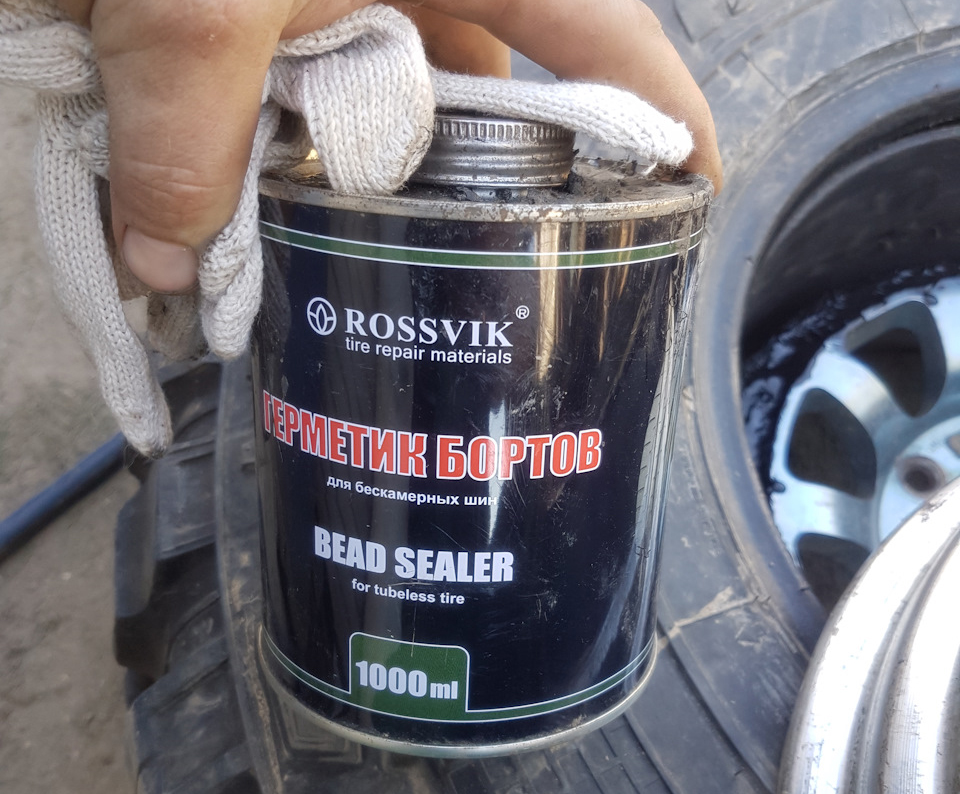 In addition, the higher tread wear provided by the hybrid ply improves tire durability and ensures a long service life. nine0007
In addition, the higher tread wear provided by the hybrid ply improves tire durability and ensures a long service life. nine0007
Petlas' ultra-high performance tires use aramid "0" hybrid belts that provide a stable ride by increasing the contact patch with the surface.
In addition, Petlas' ultra high performance tires use "0" aramid hybrid belts, which patch the tire at high speeds and provide a more stable ride.
While conventional polyester carcass plies lose their uniformity easily and irreversibly at high speeds, viscose cords retain their shape and fatigue strength much longer. nine0007
Viscose, a chemical fiber primarily used as a reinforcing material, makes the cord resistant to heat. The advantage of using a viscose carcass is greatest when perfect control at high speeds is required, as the viscose plies can keep the tire uniform even at high temperatures. Another benefit of viscose carcass construction is that it improves the tire's response to steering.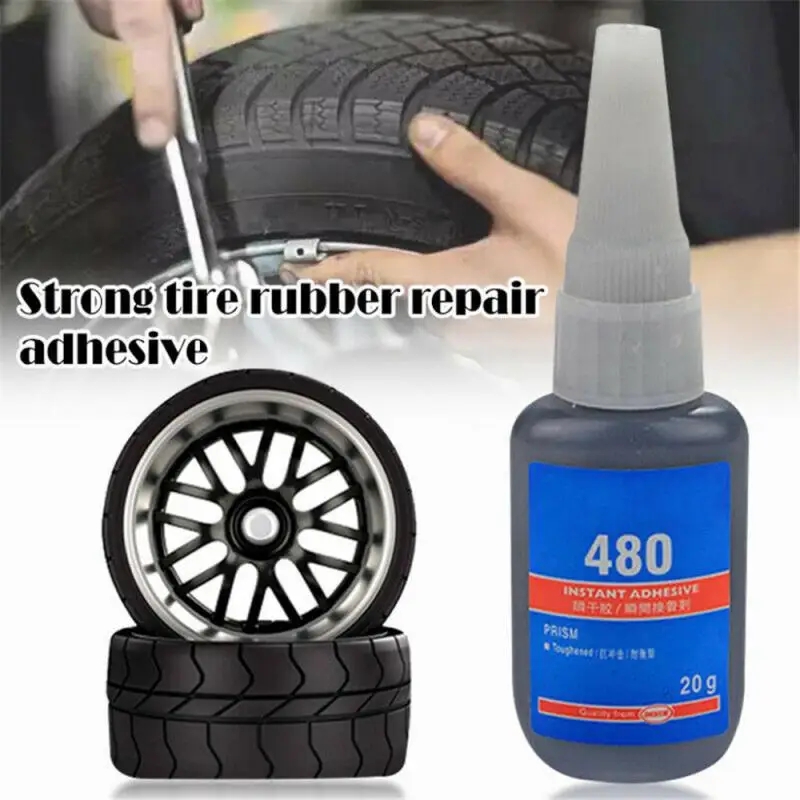
Single strand bead technology is used to strengthen the connection between tire and rim for more precise driving.
Not only does this technology provide lateral stability, which is critical when cornering at high speeds, it also improves ride uniformity for a smoother ride while improving tire durability.
The fine silica in the formulation, developed with FST technology, provides excellent handling on dry and wet roads, significantly reducing rolling resistance. This, in turn, leads to higher levels of fuel economy.
Our safety tire technology prevents air from escaping in the event of a puncture. The reinforced sidewalls of our safety tires allow the car to continue moving even after a puncture, without having to change the tire up to 80 km away.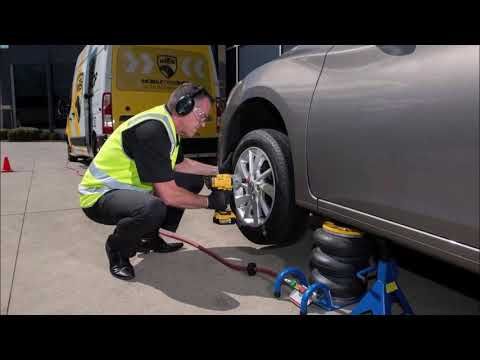
Unlike conventional tires, which lead to a sudden loss of pressure in the event of a puncture, thanks to reinforced sidewalls, safety tires continue to support the car. This, in turn, prevents the tire from being pinched between the road and the rim, which could put the driver and passengers in danger as the tire could come loose from the rim flange. Another significant contribution of the tire technology to occupant safety is that it prevents the sudden detrimental effects of a flat tire on vehicle handling. The driver can still easily drive the car even if the wheel loses pressure. nine0007
In addition to safety, the safety tire technology keeps drivers calm throughout the journey. Changing a tire immediately after a puncture is no longer necessary, and passengers can enjoy the journey until they return home or find a better place to change and repair tires.
When installing flat tires, there is no need to store a spare wheel, which not only allows you to use more trunk space, but also reduces fuel consumption by reducing the weight carried. nine0007
nine0007
While the ECE R-30 Regulation states that a tire must be driven for at least 80 km with zero pressure in order to be eligible to be classified as “Safe”, the Petlas safety tires have significantly exceeded this limit by covering the distance 200 km without any problems with the integrity of the tire.
Petlas Run Flat
Technology
Standard Tire
When driving at high speeds, various impulses can damage the shape of your tires, which can directly affect the stability of the tire and vehicle.
To maintain tire uniformity and smoother and more balanced driving, Petlas utilizes “Seamless Belt “0” technology, applying a seamless belt through a helical winding process in PCR, SUV-4x4 and LTR tires.
Hybrid cords have been developed to combine the strengths and benefits of different fiber types (such as nylon 6.6, polyester, aramid and viscose) in one material.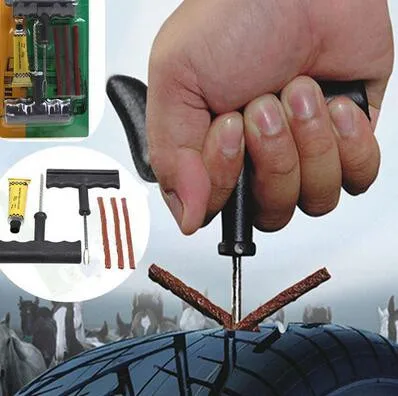 nine0007
nine0007
Thus, the tire is able to simultaneously demonstrate the best characteristics of different materials. Hybrid ply technology reduces tire weight without sacrificing steering stability and high speed performance. In addition, the higher tread wear provided by the hybrid ply improves tire durability and ensures a long service life.
Petlas' ultra-high performance tires use aramid "0" hybrid belts that provide a stable ride by increasing the contact patch with the surface. nine0007
In addition, Petlas' ultra-high performance tires use "0" aramid hybrid belts, which patch the tire at high speeds and provide a more stable ride.
While conventional polyester carcass plies lose their uniformity easily and irreversibly at high speeds, viscose cords retain their shape and fatigue resistance much longer.
Viscose, a chemical fiber primarily used as a reinforcing material, makes the cord resistant to heat.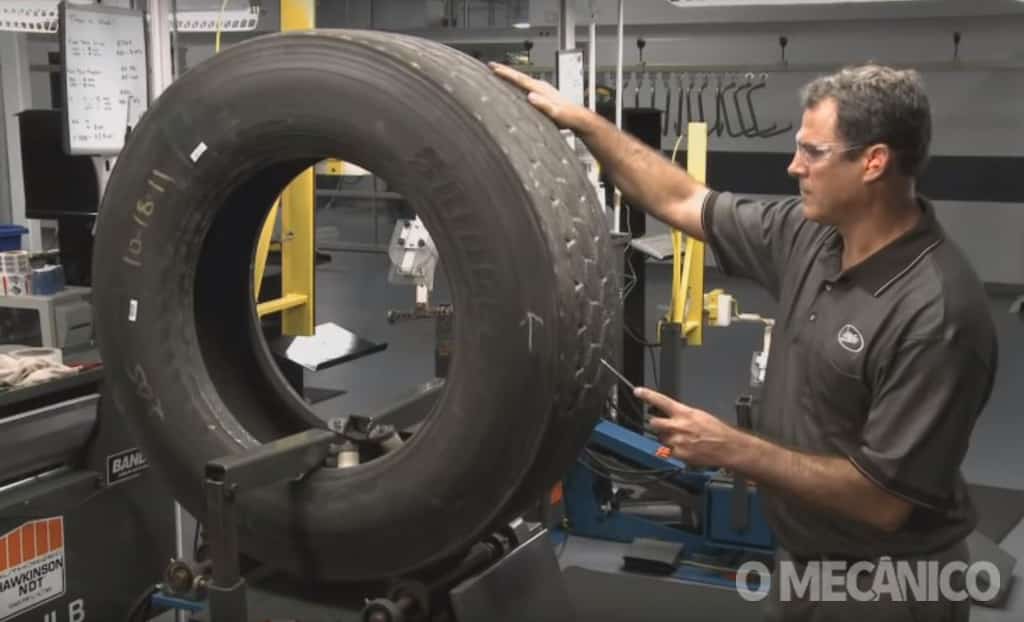 The advantage of using a viscose carcass is greatest when perfect control at high speeds is required, as the viscose plies can keep the tire uniform even at high temperatures. Another benefit of viscose carcass construction is that it improves the tire's response to steering. nine0007
The advantage of using a viscose carcass is greatest when perfect control at high speeds is required, as the viscose plies can keep the tire uniform even at high temperatures. Another benefit of viscose carcass construction is that it improves the tire's response to steering. nine0007
Single strand bead technology is used to strengthen the connection between tire and rim for more precise driving.
Not only does this technology provide lateral stability, which is critical when cornering at high speeds, it also improves ride uniformity for a smoother ride while improving tire durability.
Finely divided silica formulated with FST technology provides excellent handling on dry and wet roads while significantly reducing rolling resistance. This, in turn, leads to higher levels of fuel economy.
fixandgo.com
USER GUIDE
Before use, carefully read all warnings and instructions for use. TIRE REPAIR a. Following all the instructions found on the label is essential to ensuring repair safety and efficiency. The kit should be used by adults and minors should not be allowed to use it. The sealant liquid is efficient at temperatures between -40°C / -40°F and +50°C / +122°F. Do not use sealant liquid after the expiration date indicated on the label. Show the canister and its label to personnel who handle the tire treated with the kit. Fix&Go is a temporary tire repair system. See a specialist as soon as possible after use (between 300 km / 186 mi at most). The kit repairs tread holes up to 6 mm / 0.24 in diameter: if the hole exceeds 6 mm / 0.24 in and/or is found in other places on the tire, do not use and call road assistance. Do not remove any foreign objects found on the tire. Do not leave the compressor on for over 20 consecutive minutes: unit overheating hazard. nine0007
Following all the instructions found on the label is essential to ensuring repair safety and efficiency. The kit should be used by adults and minors should not be allowed to use it. The sealant liquid is efficient at temperatures between -40°C / -40°F and +50°C / +122°F. Do not use sealant liquid after the expiration date indicated on the label. Show the canister and its label to personnel who handle the tire treated with the kit. Fix&Go is a temporary tire repair system. See a specialist as soon as possible after use (between 300 km / 186 mi at most). The kit repairs tread holes up to 6 mm / 0.24 in diameter: if the hole exceeds 6 mm / 0.24 in and/or is found in other places on the tire, do not use and call road assistance. Do not remove any foreign objects found on the tire. Do not leave the compressor on for over 20 consecutive minutes: unit overheating hazard. nine0007
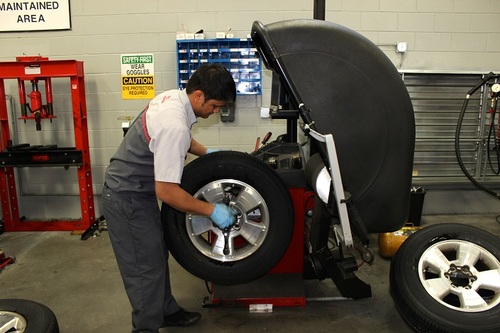 Remove the punctured tire valve cap and connect the transparent sealant tube [6]. (FIG.
Remove the punctured tire valve cap and connect the transparent sealant tube [6]. (FIG. A ). A ). B ). As soon as the sealant has fully flowed into the tire and the gauge [2] shows the ideal pressure indicated in the car user manual, continue with point 4 in this booklet.
If, after 15 minutes from the compressor being switched on, the gauge [2] still indicates a pressure of less than 1.5 bar / 22 psi: turn off the compressor, disconnect the transparent sealant tube [6] and screw on the tire valve cap. Move the car so that the tire makes about 5 turns to allow the sealant to distribute in the tire. Stop the car again.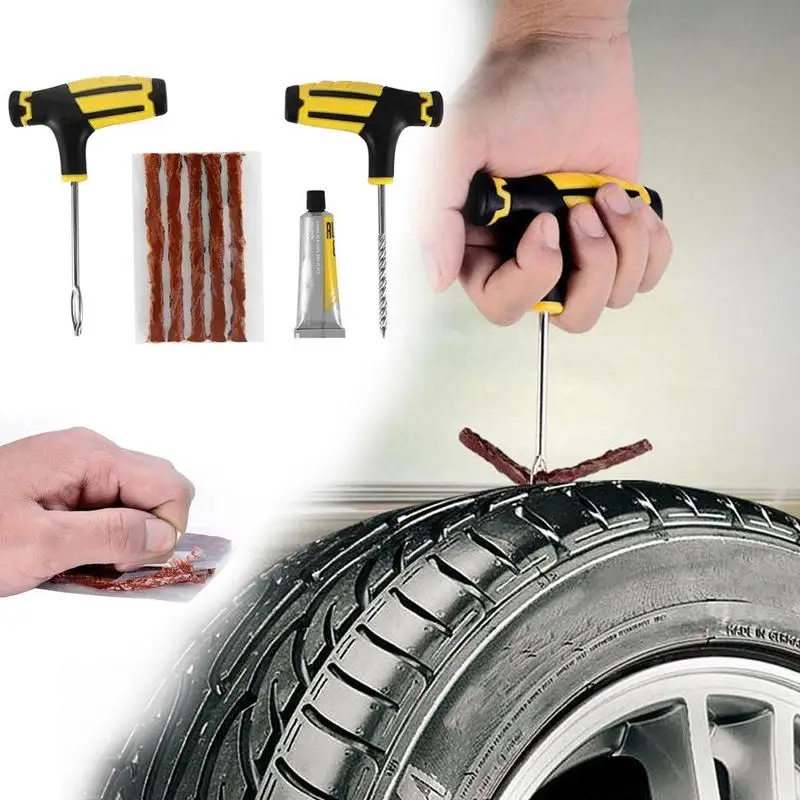 Remove the tire valve cap and connect the black inflation tube [7]. Turn the selector switch [3] to the right (pump icon) and run the compressor until the ideal pressure indicated in the car user manual is reached, then continue with point 4 in this booklet. If 15 minutes later, pressure is still under 1.5 bar / 22 psi, THE TIRE IS TOO DAMAGED TO BE REPAIRED: put the kit back in its compartment and call road assistance. nine0058
Remove the tire valve cap and connect the black inflation tube [7]. Turn the selector switch [3] to the right (pump icon) and run the compressor until the ideal pressure indicated in the car user manual is reached, then continue with point 4 in this booklet. If 15 minutes later, pressure is still under 1.5 bar / 22 psi, THE TIRE IS TOO DAMAGED TO BE REPAIRED: put the kit back in its compartment and call road assistance. nine0058 B ) and within the indicated speed limit without suddenly accelerating or braking. After driving for about 10 minutes, park in a safe place and turn on the parking brake. (FIG. C ). 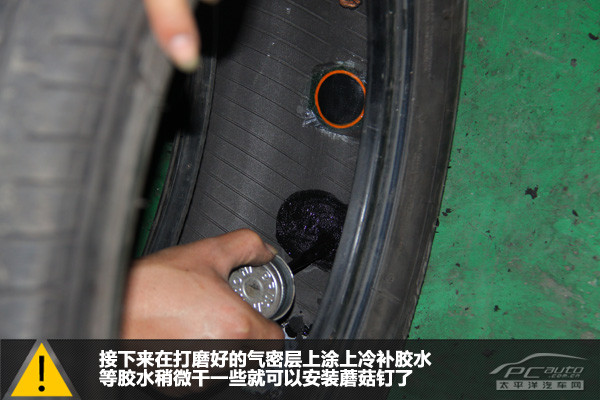 greater than or equal to 1.5 bar / 22 psi: turn on the compressor until the ideal pressure indicated in the car user manual is reached (FIG. D ). If you exceed the indicated pressure, press the air release button [10]. THE TIRE IS FIXED: disconnect and place the kit in its case in the car. Drive safely and visit a specialist or the manufacturer's service center as soon as possible.
greater than or equal to 1.5 bar / 22 psi: turn on the compressor until the ideal pressure indicated in the car user manual is reached (FIG. D ). If you exceed the indicated pressure, press the air release button [10]. THE TIRE IS FIXED: disconnect and place the kit in its case in the car. Drive safely and visit a specialist or the manufacturer's service center as soon as possible.
b. below 1.5 bar / 22 psi: TIRE TOO DAMAGED TO REPAIR. Put the kit in the case in the car and call technical assistance. nine0083 FOR TIRE INFLATION ONLY
Make sure the on-off button [1] is off and turn the selector switch [3] to the right (pump icon). Insert the electrical plug [9] in the car's 12V socket. Remove the tire valve cap and connect the black inflation tube [7]. Start the compressor by pressing the on-off button [1] until the ideal pressure indicated in the car user manual is reached (FIG. D ). If you exceed the indicated pressure, press the air release button [10].